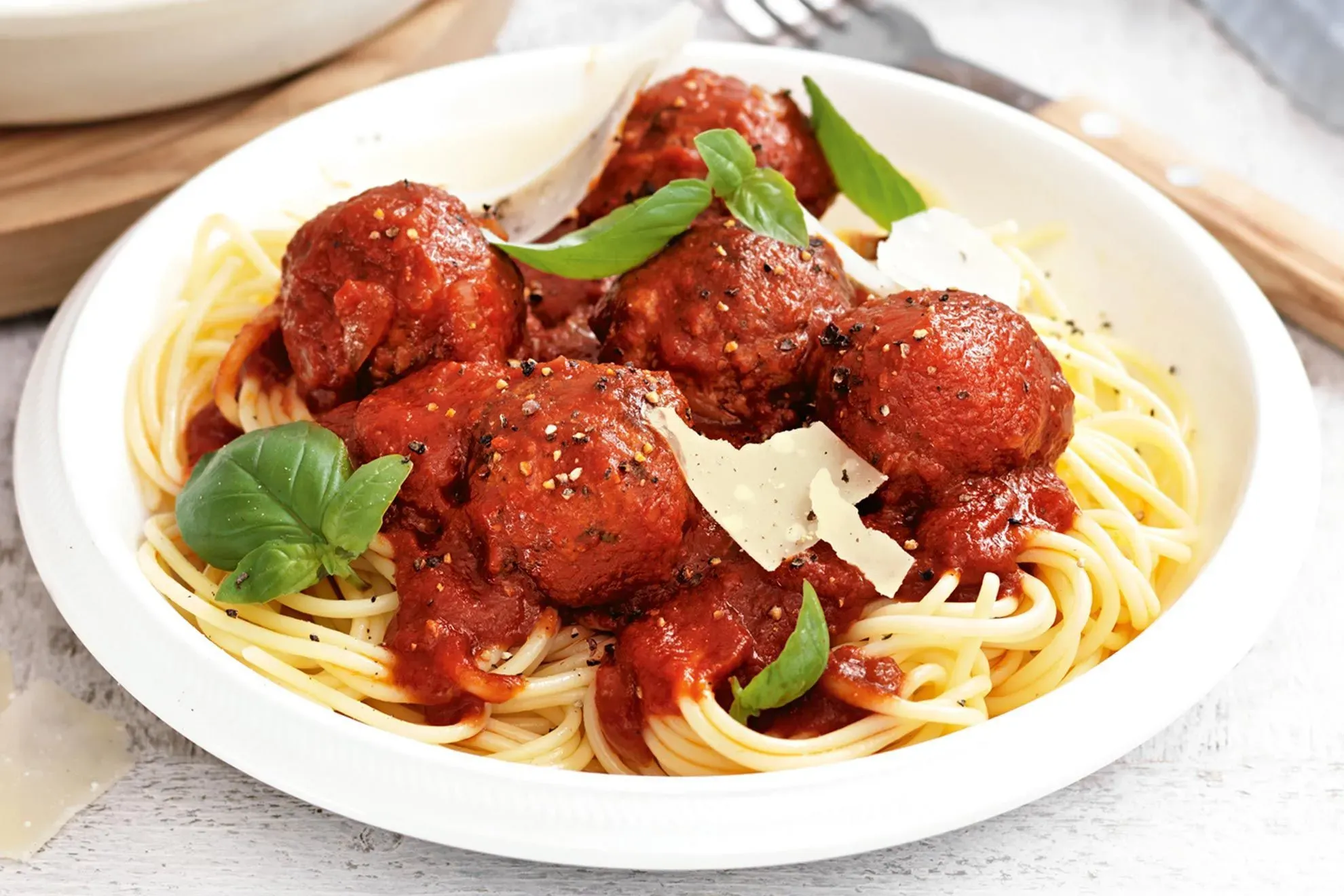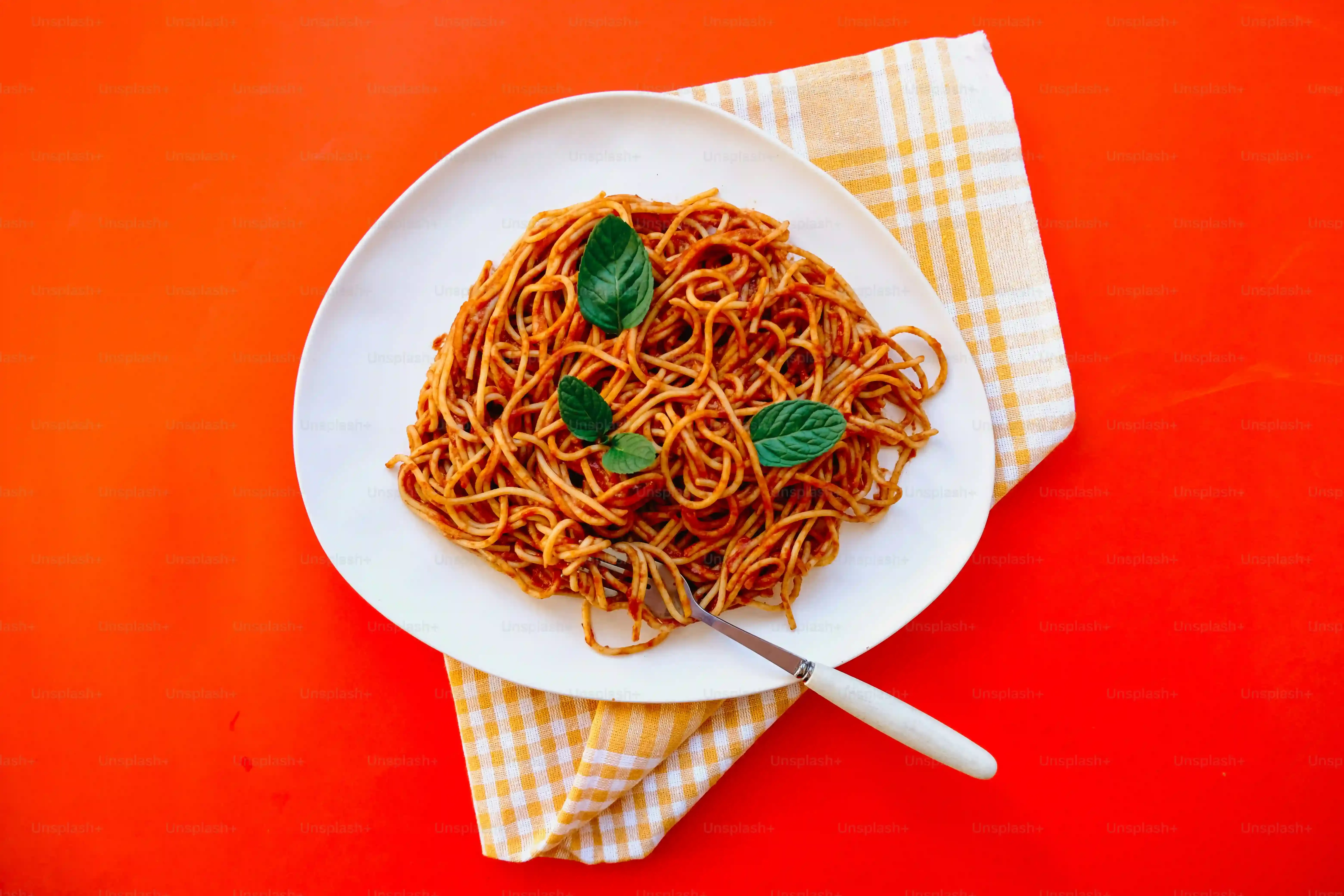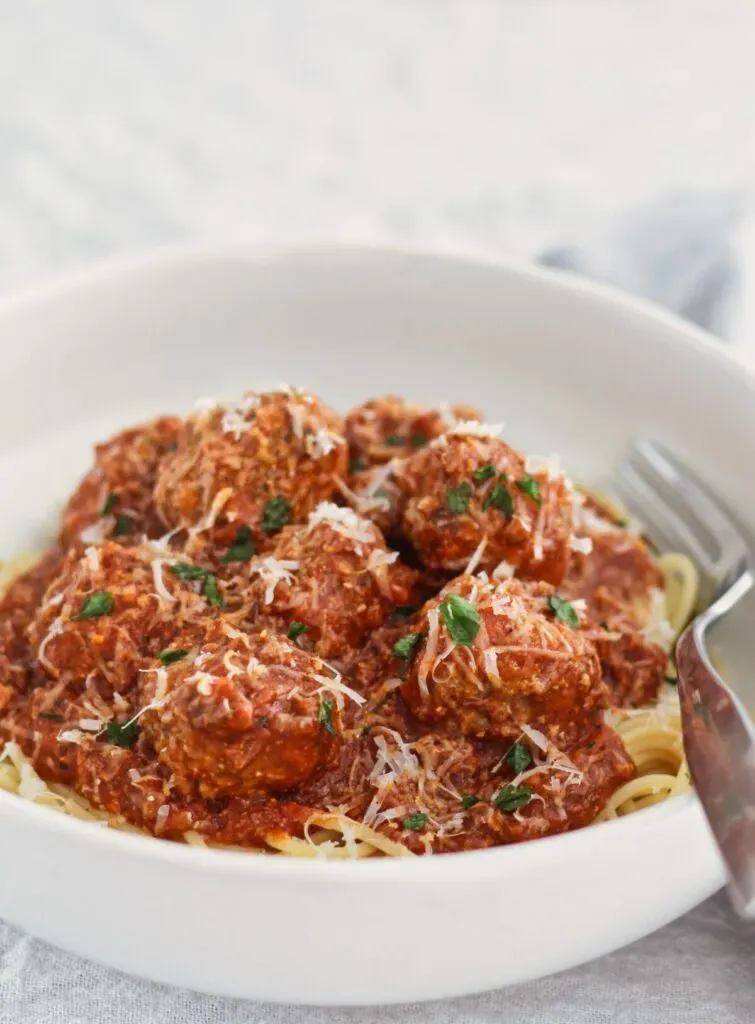Table of Contents
Let's be honest, sometimes you just need a big, messy plate of spaghetti and meatballs. It's the ultimate comfort food, a nostalgic trip back to Sunday dinners or maybe just a Tuesday night when you can't face anything complicated. But what happens when gluten is off the menu? Suddenly, that classic dish feels miles away, replaced by sad, dry substitutes or complicated kitchen projects. You're left wondering if truly satisfying, hearty Italian-American comfort food is still possible.
Whipping Up Your Gluten Free Meatballs

Whipping Up Your Gluten Free Meatballs
Getting Started with Flavorful Gluten-Free Meatballs
Alright, let's talk meatballs. The foundation of any good spaghetti dish, gluten-free or not, rests on a meatball that's tender, juicy, and packed with flavor. Too often, people think "gluten-free" means sacrificing that perfect texture, resulting in dense, dry little rocks. We're not doing that here. The key is understanding how gluten typically works in a meatball (binding and moisture retention) and finding smart substitutes that do the job just as well, if not better.
Forget those horror stories of meatballs falling apart or tasting like cardboard. We're aiming for something that holds its shape but practically melts in your mouth. It's a delicate balance, but entirely achievable with a few key ingredients and techniques. This isn't rocket science, just good old-fashioned cooking sense applied to a gluten-free framework.
Choosing Your Ingredients and Binding Agents
The right mix of meat and binders is crucial. I typically go for a lean ground beef, maybe 85/15 or 90/10. Too fatty, and they can feel greasy; too lean, and they might dry out quickly. You need *some* fat for moisture. Instead of traditional breadcrumbs, we're using gluten-free breadcrumbs. Make sure they're plain and not seasoned, unless you want that specific flavor. A little milk (or dairy-free milk substitute) soaked into those crumbs helps keep things moist. Don't skip this step.
Beyond the crumbs, eggs are your main binder. They help everything stick together. Grated Parmesan cheese adds flavor and a bit more structure. Don't be shy with the seasonings either. Salt, black pepper, garlic powder, and dried Italian herbs are non-negotiable for that classic taste. Some folks add finely minced onion or garlic directly to the mix, which is fine, but make sure it's *really* fine, or it can create weird textures.
- Lean ground beef (85/15 or 90/10)
- Gluten-free breadcrumbs
- Milk (dairy or non-dairy)
- Eggs
- Grated Parmesan cheese
- Salt
- Black pepper
- Garlic powder
- Dried Italian herbs
Mixing, Forming, and Prepping for Cooking
Now for the fun part: getting your hands dirty. Combine all your ingredients in a large bowl. The most important rule here is: don't overmix. Seriously. Overmixing develops the protein in the meat too much, leading to tough meatballs. Mix just until everything is combined. I use my hands; it's the best way to feel the consistency and ensure even distribution without beating it into submission.
Once mixed, it's time to form the balls. Aim for roughly golf-ball size. This size cooks relatively quickly and evenly. Don't pack them too tightly; a gentle touch is key to keeping them tender. Lay them out on a baking sheet lined with parchment paper. Baking them first is my preferred method before adding them to the sauce. It helps them hold their shape and gives them a nice exterior without the mess and grease of pan-frying. Plus, it's way easier. Just look at those perfectly formed spheres, ready for their close-up.
Ever had meatballs fall apart in the sauce? Baking them first vastly reduces that risk. Ready to get these into the oven?
Building the Perfect Tomato Sauce Base

Building the Perfect Tomato Sauce Base
Building the Perfect Tomato Sauce Base
meatballs are sorted. Now for the sauce. This isn't some watery, sad excuse for gravy. We're making a rich, flavorful tomato sauce that clings to the pasta and complements those tender meatballs. While you *could* just open a jar, taking a few extra minutes to build a proper base elevates the entire dish dramatically. Think aromatics, good quality tomatoes, and a little bit of patience. This is where simple ingredients transform into something truly comforting.
- Good quality crushed tomatoes (San Marzano if possible)
- Extra virgin olive oil
- Garlic
- Onion (optional, but recommended)
- Dried oregano
- Red pepper flakes (optional, for a little heat)
- Salt and black pepper
- A splash of red wine (optional, adds depth)
Bringing It All Together: Cooking Gluten Free Spaghetti and Meatballs

Bringing It All Together: Cooking Gluten Free Spaghetti and Meatballs
Simmering Meatballs in Sauce
you've got your perfectly baked gluten-free meatballs and that simmering, aromatic tomato sauce. Now it's time for the magic to happen. Gently slide those baked meatballs into the pot of sauce. They should be mostly submerged. If your sauce is a bit thick, you can add a splash of water or gluten-free broth to loosen it up slightly – you want them to braise, not just sit on top.
Bring the sauce back to a low simmer. Cover the pot and let it cook for at least 15-20 minutes. This isn't just about heating the meatballs through; it's crucial for allowing the flavors to meld. The meatballs will absorb some of that rich tomato goodness, becoming even more tender and flavorful, and they'll release some of their savory juices into the sauce, making it even better. Don't rush this part. A low, slow simmer is your friend here. You're essentially giving the meatballs a flavor bath.
Cooking Your Gluten-Free Pasta
While the meatballs are finishing their flavor soak in the sauce, get a large pot of water boiling for your gluten-free spaghetti. This is perhaps the most crucial step for avoiding a gummy, disappointing dinner. Gluten-free pasta behaves differently than traditional pasta. It can go from al dente to mush in seconds flat. Use plenty of water and salt it generously – it should taste like the sea, as they say (though maybe a slightly less salty sea).
Check the package directions for cooking time, but treat it as a *suggestion*, not a rule. Start testing the pasta a minute or two before the suggested time. You want it cooked through but still with a slight chew. No one wants a mouthful of paste. Drain the pasta immediately once it's done. Do NOT rinse it. Rinsing washes away the starch needed to help the sauce cling. Toss the hot, drained pasta directly into the pot with the sauce and meatballs. Give it a good stir to coat everything. This final step helps the pasta absorb some sauce and prevents it from clumping.
- Bring a large pot of water to a rolling boil.
- Add a generous amount of salt.
- Add gluten-free spaghetti.
- Stir immediately to prevent sticking.
- Check package directions but start testing early.
- Cook until al dente (tender but with a slight bite).
- Drain pasta immediately.
- Add hot, drained pasta to the sauce and meatballs.
- Toss gently to combine and coat.
Serving and Storing Your Comforting Meal

Serving and Storing Your Comforting Meal
Alright, the masterpiece is complete. You've got a pot of perfectly coated gluten-free spaghetti and tender meatballs swimming in rich tomato sauce. Serving this up is pretty straightforward, but a few touches can make it even better. Ladle generous portions into bowls. Don't be stingy with the sauce; that's where all the flavor is. A sprinkle of freshly grated Parmesan cheese is non-negotiable in my book – it adds that salty, nutty finish. A few torn basil leaves or chopped fresh parsley add a pop of color and freshness that cuts through the richness. As for storing leftovers, let the dish cool completely before transferring it to airtight containers. It'll keep in the fridge for 3-4 days. Reheat gently on the stovetop or in the microwave, adding a splash of water or broth if needed to loosen the sauce back up. Trust me, sometimes the leftovers are even better the next day as the flavors have had more time to mingle.
Your Gluten-Free Comfort Awaits
So there you have it. You've successfully navigated the world of gluten-free pasta and meatballs without needing a culinary degree or spending your entire weekend in the kitchen. This gluten free spaghetti and meatballs recipe proves that giving up gluten doesn't mean giving up on classic, soul-satisfying meals. You made the meatballs, you simmered the sauce, and you've got a plate of pure comfort ready to go. Dig in, because you earned it.